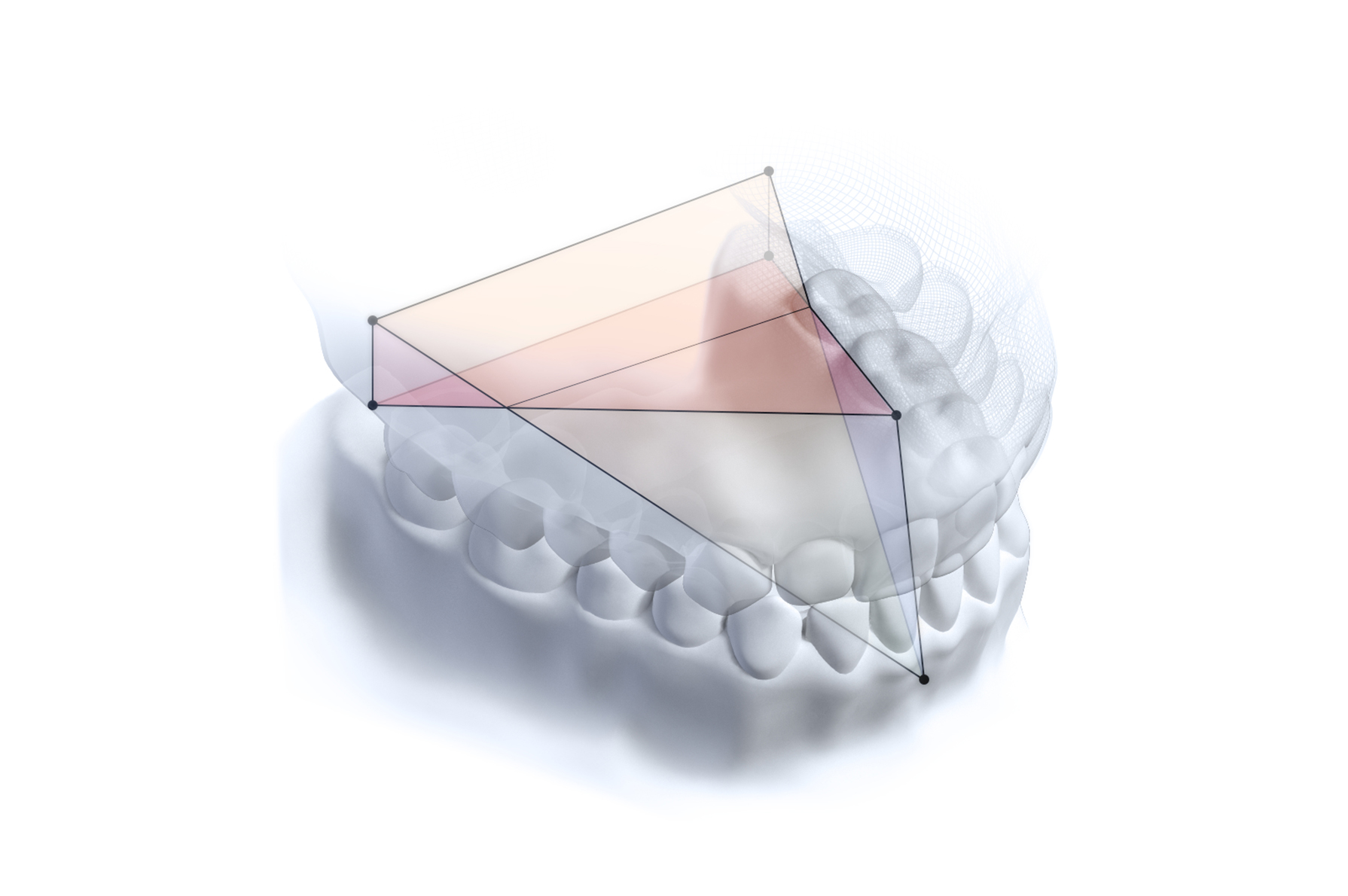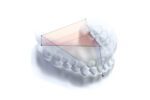Denton Systems offers comprehensive digital prevention for our dentition as well as our overall health
Whether one’s talking about image files, mails or WhatsApp chat histories, most of us now tend to back up all our data in a cloud or on external data carriers thanks to automated reminders. This means that, in the event of a loss, important work documents or photo memories from that last holiday won’t go missing. Why don’t we do the same for our bodies? And especially for one part of the body - our teeth – since restoring them to their original state can have a major impact on our overall health?
The Potsdam-based and MediaTech Hub Accelerator start-up Denton Systems has addressed the issue of dentistry and is working together with dentists to offer a sophisticated backup system for our dentition. “We want to turn the rather defect-oriented dentistry into a lifelong preventive concept,” says Marius Liefold, one of the founders and CEOs, when explaining the start-up’s long-term goal. Liefold and his co-founder Dennis Wagner are both medical informatics specialists. They developed Denton Systems with a small and highly skilled team, including dentists and dental technicians, in order to integrate it across the board into the range of dental services. Our dentition is preserved in its original state after a three-dimensional scan and measurements being taken - “a patented procedure to freeze the dentition” is how the founders describe it.
Fewer headaches and back pains with better dental health
This is important for several reasons: we all know that healthy teeth are beneficial. But it’s not only caries that has an impact. Many people unconsciously grind or clench their teeth. Our tooth enamel is the hardest material in the body and is roughly equivalent to the hardness of granite - but once it is destroyed (by caries, abrasion or due to accidents), it is irrevocably lost. Dentistry then reconstructs our dentition in an extensive course of treatment without having information about the original state. The dentists can only work round to this point after many stages of treatment. This costs money, time and, in the worst case, more pain. Since the contact points and trajectories of the teeth only rarely match our original dentition despite treatment, this can have an impact on our bodies. Migraines, headaches and back pain often have their origin in jaw joints – culminating in so-called Craniomandibular Dysfunction. The dysfunction is treated by dentists working together with physiotherapists. It’s a help if everybody can refer back to the original state in real time.
“Doctors or physiotherapists welcome the opportunity to have access to such data. Every kind of care can only improve if all the information is available,” says Liefold. To be able to do this, the start-up takes data - either from the plaster model or an intraoral scanner - marks and references it until a three-dimensional reference body has been created which can be accessed at any time via the Denton Cloud. Tooth shape, colour, position and jaw position can thus be reproduced – the only procedure existing world-wide until now.
Creating a three-dimensional model of our dentition means that we now have a backup. That’s why Denton Systems has set itself the goal of integrating consultations with dentists and recommends that patients have referencing done every three to five years. That will ensure that changes can be detected at an early stage and future intensive and expensive treatment can thus be avoided. The younger the dentition, the easier it can be saved in its original state. But it is also worthwhile doing at a later age. Even wearers of dentures save time since an accurate template means that work can be done with greater precision and lifelong changes can be detected at an early stage.
The gap in documentation about patients can be closed digitally
The original status can be retrieved from the cloud on any end device. “It’s important to us that the patients have data sovereignty,” CTO Dennis Wagner adds. To this end, a security-certified server for health data has been installed and is based in Germany. Apart from the dental scans, patients can also upload other documents such as X-rays, diagnoses or MRIs - just like in a Dropbox – so that they can access them at any time from anywhere on the globe. So. if you should lose your front teeth in an accident during a skiing holiday, your own teeth could be exactly reconstructed whilst you are still at the ski resort. The focus is on the patients, a gap in their documentation is closed, thus simplifying the exchange between the various medical disciplines. And unnecessary exposure to radiation from duplicate X-ray examinations can thus be avoided.
The fact the service is readily accepted had already been shown by a market survey prior to the launch as well as a testing period in dentistry. In addition, the long-term digital documentation of tooth and jaw positions is also particularly interesting for research purposes. Data collection and cooperative ventures are now planned for the future.
About MTH Blog
The media technologies of the future are already being used today – not only in the entertainment sector, but also in a wide variety of industries. Christine Lentz meets up with tech enthusiasts, established companies and researchers for our monthly MediaTech Hub Potsdam blog to tell the stories behind the innovative business models.



